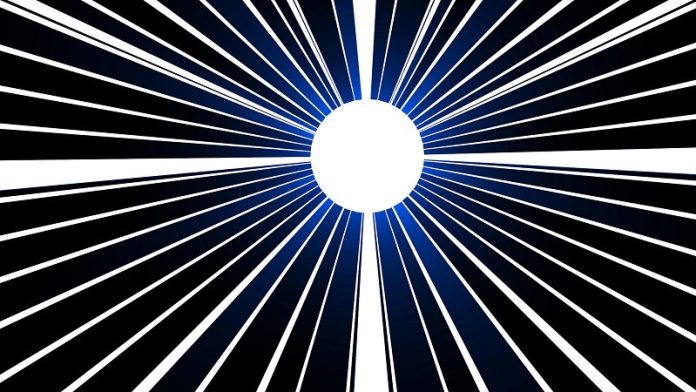
For decades, scientists have believed that the Universe began with a powerful event known as the Big Bang, followed by a rapid expansion called “inflation.”
But a new theory is now challenging that long-held view—and it doesn’t rely on any mysterious forces or particles we’ve never seen.
In a groundbreaking study published in Physical Review Research, a team led by Raúl Jiménez, an ICREA researcher at the University of Barcelona’s Institute of Cosmos Sciences, offers a simpler and possibly more accurate explanation for how the Universe came to be.
The team also included researchers from the University of Padua in Italy.
The standard model of the early Universe—the inflation theory—suggests the Universe ballooned in size within a tiny fraction of a second after the Big Bang.
While this idea helps explain many things we observe in the cosmos today, it comes with a major issue: it depends on many adjustable settings, or “free parameters.”
These are values that scientists can tweak to make the model fit the data. That makes it hard to know if the model truly explains the Universe or just conveniently matches the facts.
Jiménez and his team have proposed a model that doesn’t need any of these arbitrary settings. Instead of starting with inflation, their theory begins with a cosmic state known as De Sitter space, which fits well with what we currently observe about dark energy—the mysterious force driving the Universe’s expansion today.
In their model, the structure of the Universe—like galaxies, stars, and planets—formed from natural ripples in space and time known as gravitational waves.
These waves come from quantum fluctuations, the tiny and random changes that happen even in empty space. As time went on, these ripples interacted with each other, gradually forming the complex structures we now see in the Universe.
“What makes this idea so exciting is that we’re not adding imaginary elements,” says Jiménez. “We’re using only things we already know—gravity and quantum physics—to explain how the cosmos came to be.”
This new theory doesn’t just offer a simpler explanation. It also makes predictions that scientists can test. Future measurements of gravitational waves and how matter is arranged in the Universe could help confirm—or reject—this bold new idea.
Understanding the true origin of the Universe goes beyond science.
It touches on our deepest questions about existence. If proven correct, this theory could completely change how we view the beginning of everything, using only the laws of nature we already understand.
Source: KSR.



